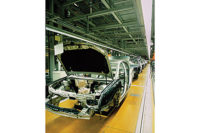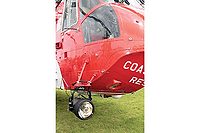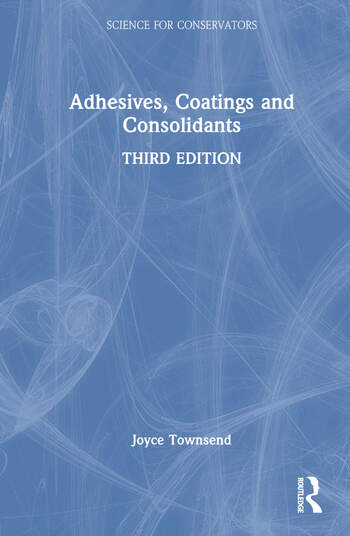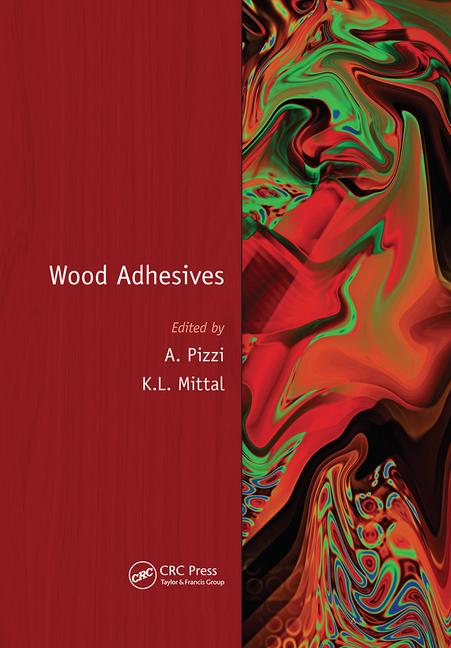Adhesives at Work: Vacuum Dispensing of Ignition Coils - Sophisticated Technology Made Affordable
Choosing the right coatings dispensing machinery can help lower investment costs and reduce project planning times for automotive suppliers.
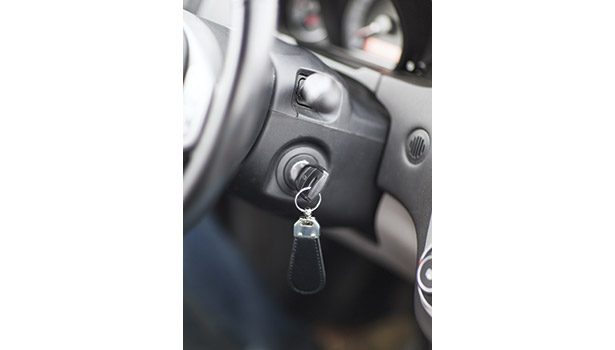
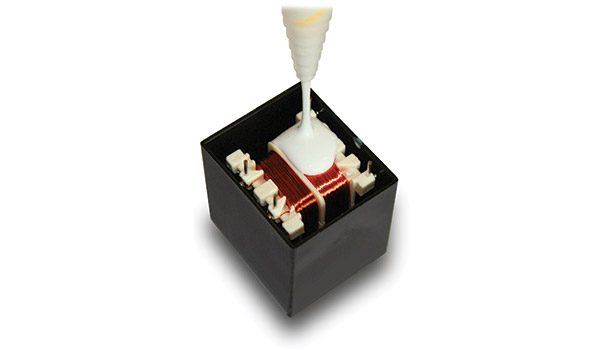
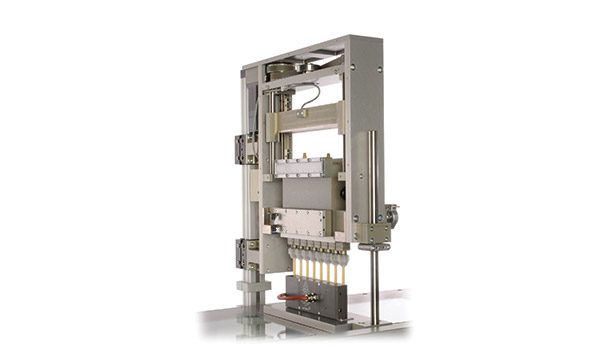



The coating process is one of the most complicated steps in the production of automotive ignition coils. Since it can also be the most expensive, many automotive suppliers are hesitant to implement complex machinery. However, an alternative to expensive custom-built systems has been developed that provides an economic solution for small- to medium-sized automotive suppliers.*
The proven vacuum dispensing system consists of a standardized set of modules that can be combined into a repeat-accurate vacuum production system. The system can be sized to suit any budget, and equipment modules can be customized for ignition coil production. The production line modules are manufactured in volume production, offering an advantage over custom systems.
*Available from Scheugenpflug Inc., a subsidiary of Scheugenpflug AG.
The Ideal Process
Every driver wants a dependable vehicle whose engine starts in any weather and climate—whether it’s -20°F on ice and snow or 110°F on sandy, windy roads. The automotive industry strives to meet these stringent quality standards, and ignition coil manufacturers must subsequently meet or exceed these standards as well. Even the tiniest inhomogeneity, bubble or cavity can result in a reject during production or failure in the field.
To guarantee maximum operability of an ignition coil, dispensing must be done in a vacuum. First, however, the process ideally starts with the proper preparation of the dispensing material. Custom-built stirring mechanisms, tank degassing and material feed lines, pumps, and airtight sealed valves are the initial minimum requirements. Airtight dispensers and a parametrized vacuum control then round off the vacuum process.
Most dispensing materials for potting ignition coils contain jagged fillers for better heat dissipation. Conventional machines therefore experience increased wear and tear, which raises costs for spare parts. The preferred solution is to use low-wear parts instead of expensive ceramic seals and robust pumps and dispensers. When potting ignition coils, it is essential to remove all air from the delicate coils of the component. Air pressure is lowered to about one millibar or less (absolute pressure) during the dispensing process to remove even the tiniest air bubbles deep inside the coiled section of the part. This is a much lower pressure than in conventional vacuum applications.
Standard System, Modular Design
Production vacuum modules are optimized for ignition coil encapsulation, including material preparation units and vacuum chambers equipped with more efficient pumps, and double-walled hoses and lines (with a vacuum between the two tube walls) that prevent air from diffusing into the dispensing material through the hose wall. Using these affordable accessories, every standard vacuum chamber becomes suitable for fine and high-vacuum applications, including filling ignition coils.
This modular plant design concept, which has been implemented by many automotive suppliers, uses standardized modules that can be flexibly combined with one another. Due to their universal interfaces, these modules can be easily adapted to requirements and retrofitted/converted to newly emerging production requirements. If the system needs to be modified, the necessary module can be added without having to discard existing machinery.
Intuitive controls require little operator training, saving the company education and familiarization costs. It is an overall economic system that delivers accurate output and superior process reliability, in both its semi-automated and fully automated versions.
Finding the Best Solution
It is recommended that companies consult a vacuum dispensing specialist beginning at the planning stage of the system and onward. Many details—such as the design and shape of the substrate, upstream and downstream production processes, curing, and more—have considerable impact on the dispensing process. Therefore, professional analysis, combined with mature processing technology and the correct choice of machinery, can considerably lower investment costs and reduce project planning times.
For additional information, visit www.scheugenpflug-usa.com.
Looking for a reprint of this article?
From high-res PDFs to custom plaques, order your copy today!




